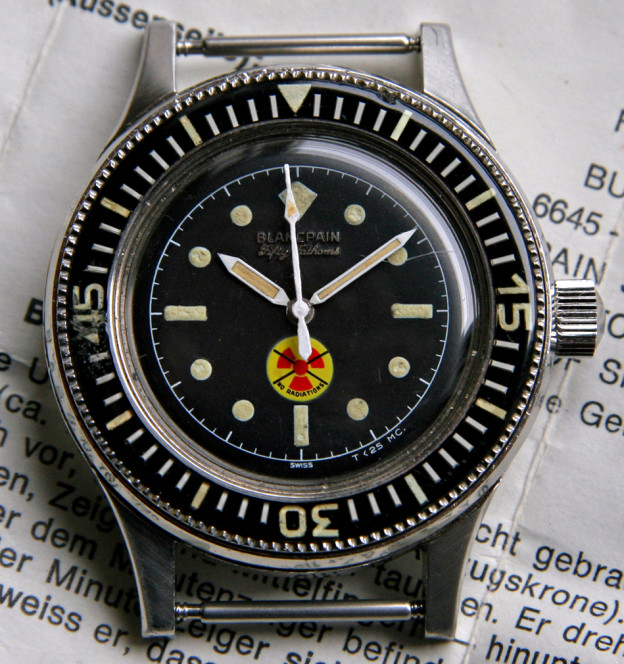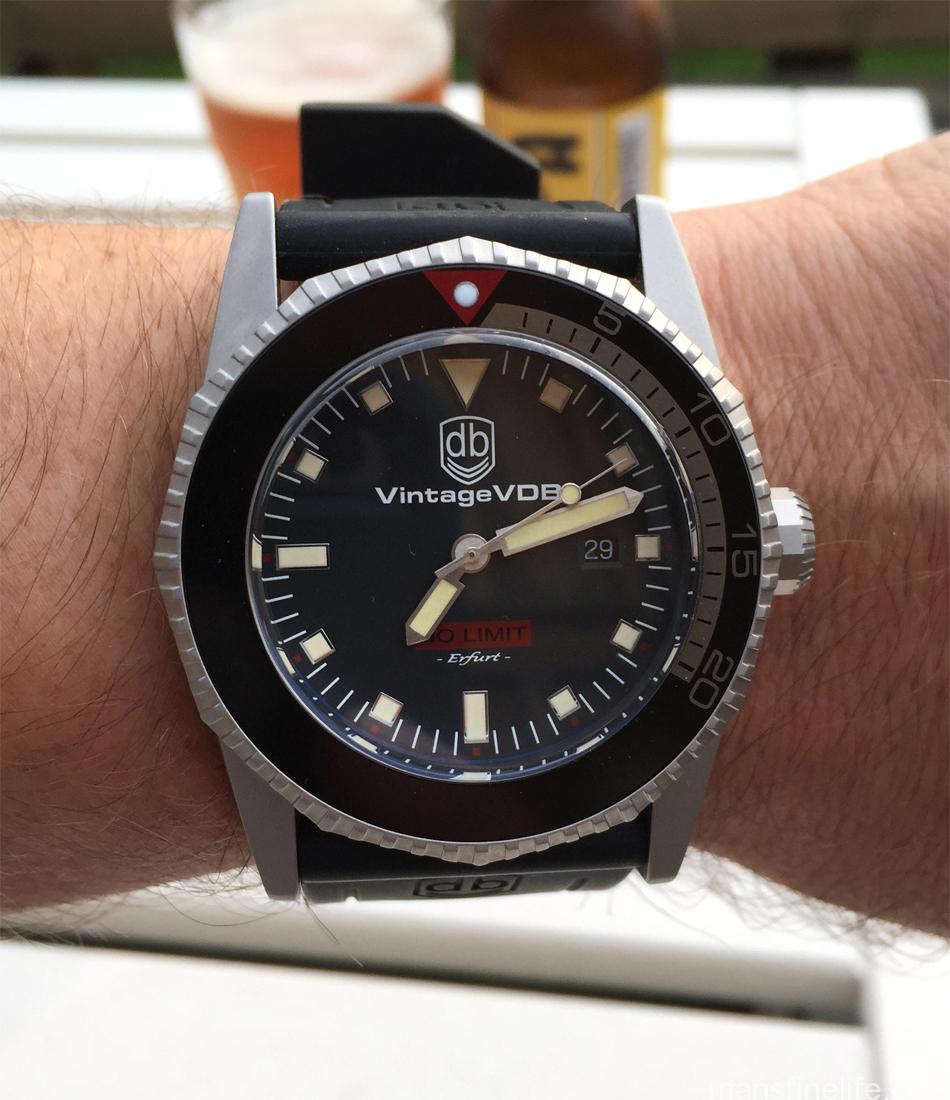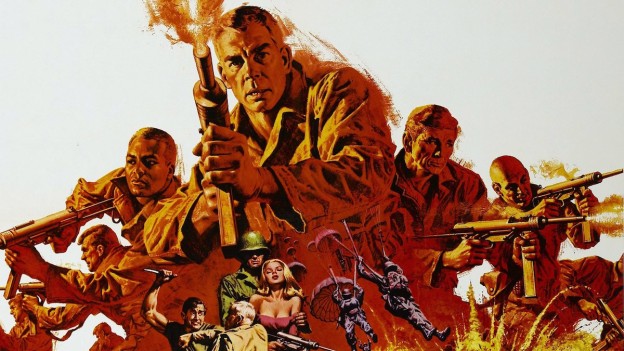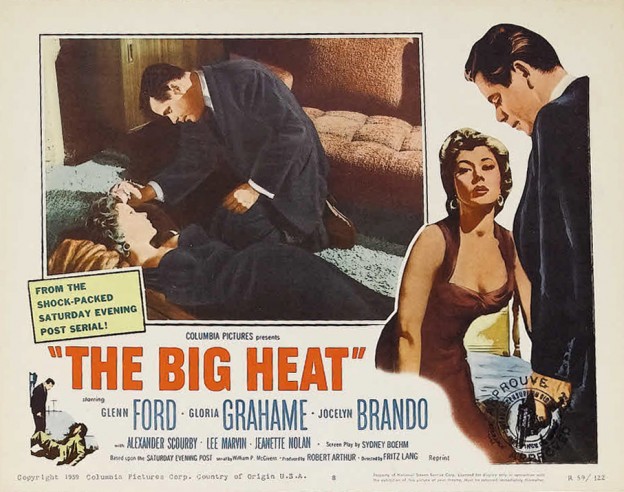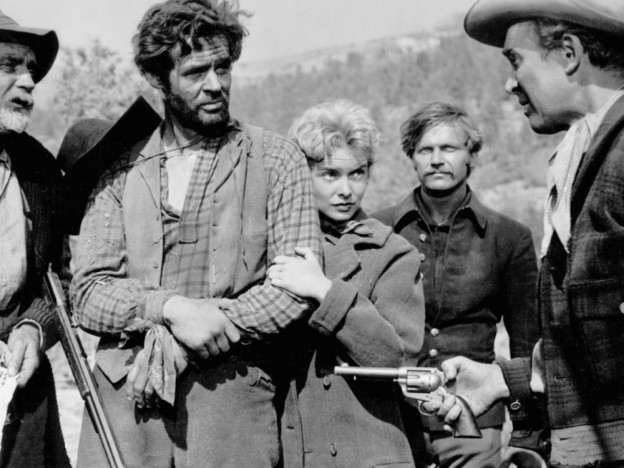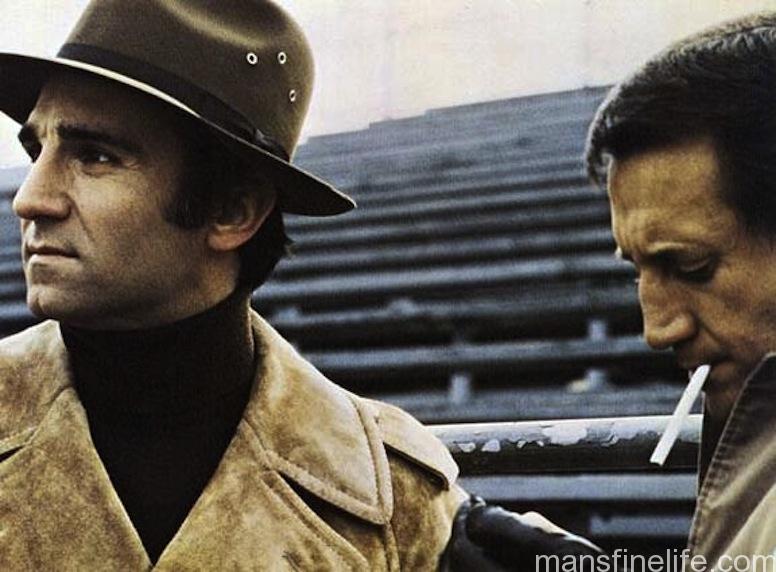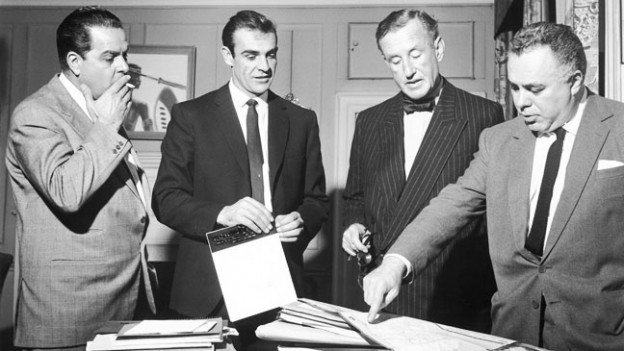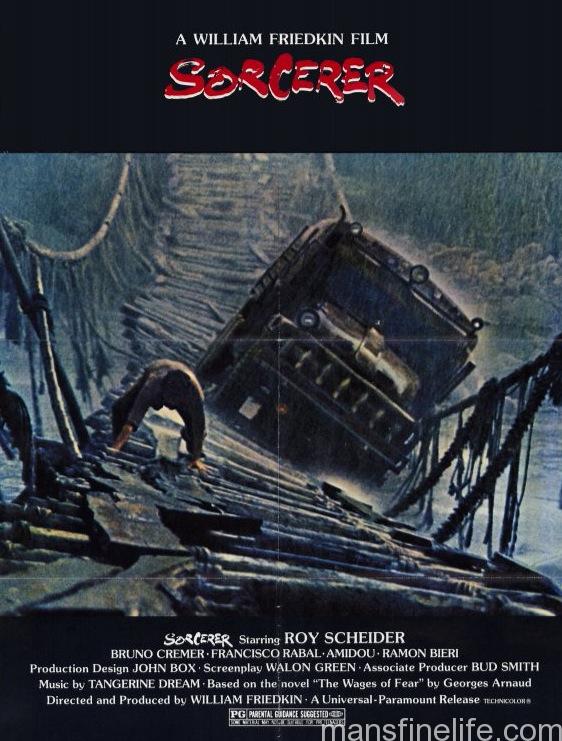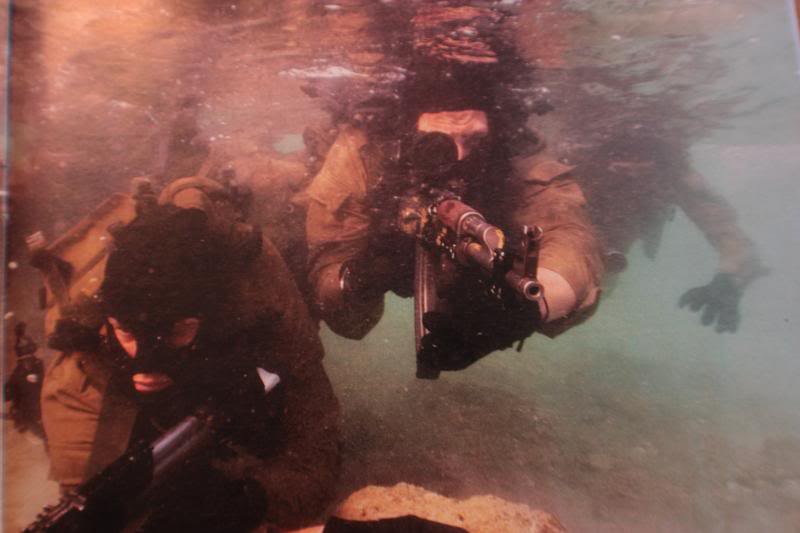First off, let me say I don’t claim to be an expert on the vintage Blancpain Fifty Fathoms “No Radiations” Bundeswehr-issued diver. Everything I’ve learned is from other, more knowledgeable collectors sharing their considerable expertise about this model with me. That said, I have owned two of them so I thought it would be useful to at least present what I do know about the watch, as well as what are hopefully some helpful pictures.
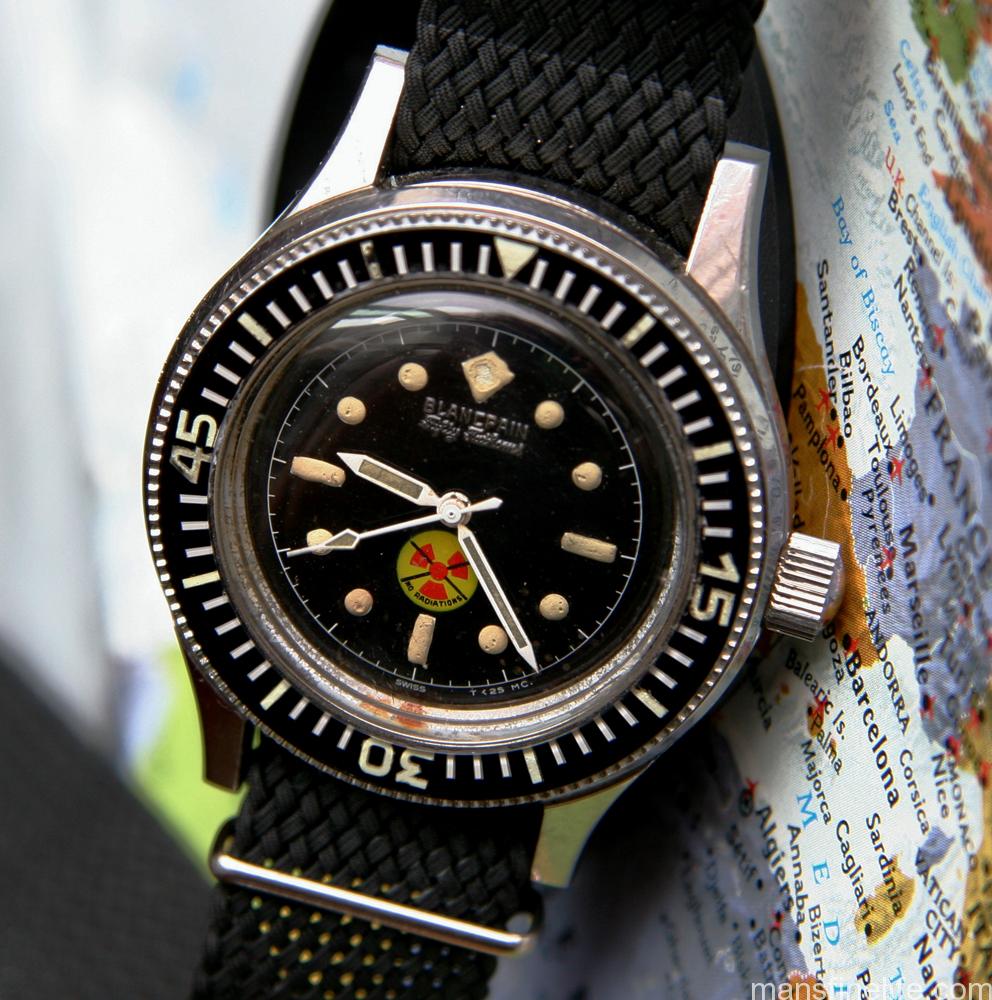
The issued Blancpain Fifty Fathoms “No Radiations” dive watches were requisitioned by the German Bundeswehr (Armed Forces) for their elite naval commando unit, the Kampfschwimmer, from around the mid-1960s until the early 1970s, when they were replaced with another model of BPFF (the big cushion shaped one with the crown at “4”, a red 3H on the dial to denote Tritium and the co-called “sterile” bezel with luminous triangle only and no numerals or hash marks). It’s no surprise that the German Navy chose Blaincpain divers for their elite frogmen forces. From its earliest conception the Fifty Fathoms was meant to be a serious purpose built diver, as proven by its legendary connection to the great Jacques Cousteau nearly from the start. The design was so good that the “No Radiations” version from the 1960s can directly trace its lineage to the models made for for the US Navy in the 1950s, the legendary MilSpec 1 and the even more uncommon Tornek-Rayville. (While the TR 900 is technically not considered a Blancpain Fifty Fathoms, the MilSpec & TR 900 are almost identical and certainly Allen Tornek was re-badging Rayvilles as Blancpains all along — so what is the difference between a Rayville that doesn’t have “Blancpain” on the dial and one that does really — aside from rarity, that is?).
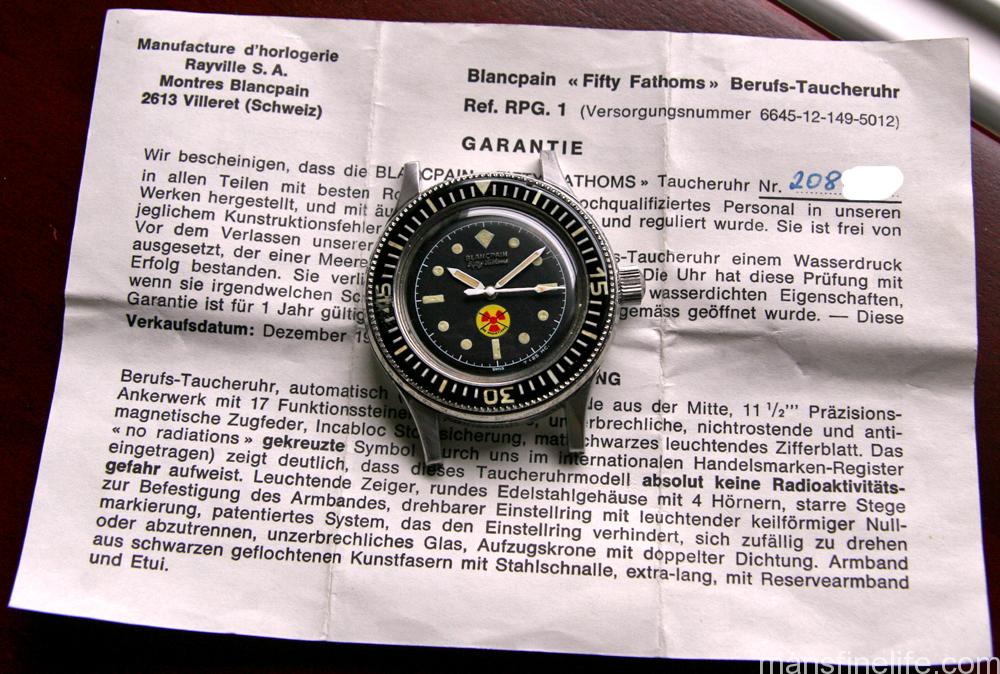
The idiosyncratic red & yellow crossed-out trefoil badge with a tiny “No Radiations” printed within took the place of the earlier models’ moisture indicator disc above the “6” marker and made a virtue out of the new regulations regarding radioactivity on wristwatches, the famous “T<25” standard. No doubt the previous 1950s versions of Fifty Fathoms utilized highly radioactive Radium for their super luminous dials and bezels, like so many other watchmakers at the dawn of the Toolwatch era, as well as a rumored incorporation of the even deadlier Promethium. And so the “No Radiations” badge was a very overt way for Blancpain to indicate that they had broken from the use of highly radioactive lume and were now firmly on board with the “Less than 25 milicuries of Tritium maximum” mandate codified in the early 1960s. This had the added benefit of making the watch suitable for military duty, as the T<25 standards were also strictly enforced in the martial world, with older Radium-lumed watches regularly being scrubbed at service, re-lumed with Tritium and then returned to duty. And just to be certain that they were getting the message across, Blancpain still printed “T < 25 MC” at a cocky angle below the “5” marker, one of the few companies aside from Rolex to use such a clear literal notation of the radioactive content of their dial & hands.
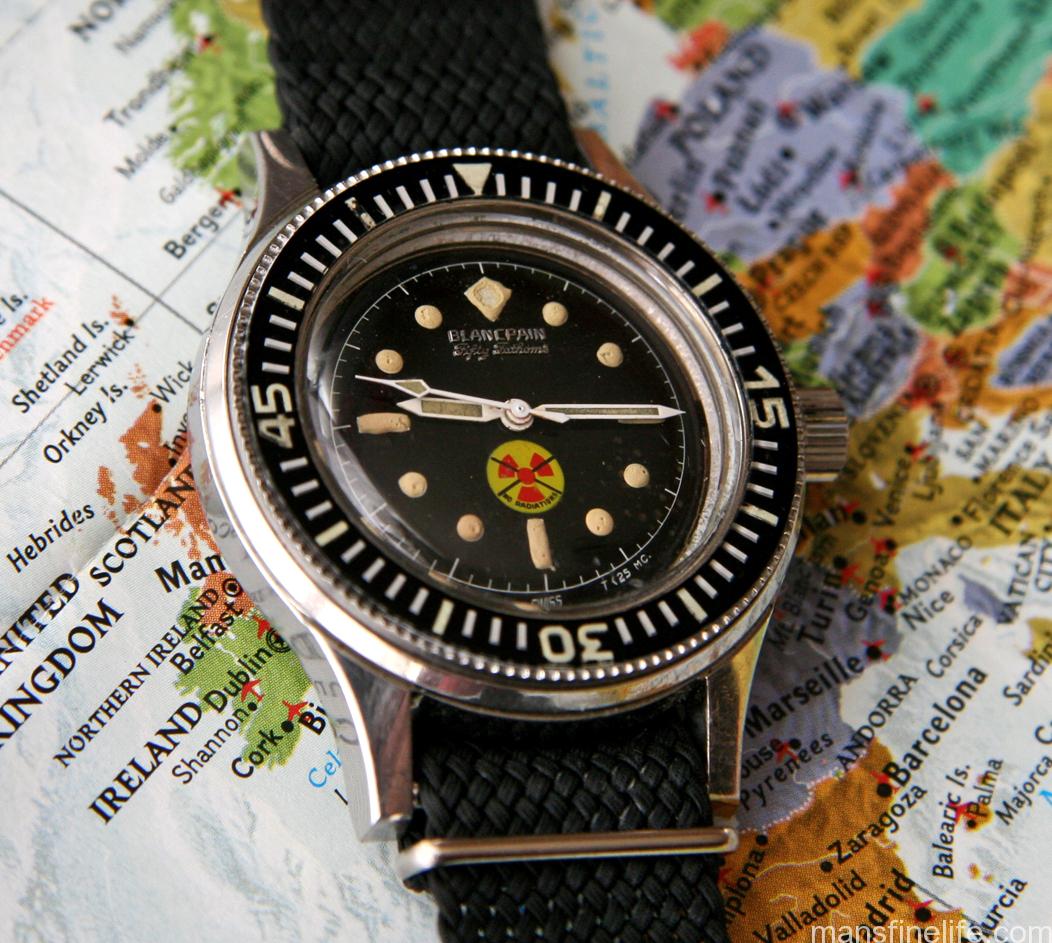
The case of the “No Rads” Fifty Fathoms in a nicely sized 40mm across without the crown by around 50mm lug-to-lug. It has an all-steel three-piece screwed construction, more polished than a MilSpec but sharing the long sweeping lugs with squared off edges. Continue reading

